NASFAA 2018 National Conference Closes With Message of Cooperation, Advocacy
By Allie Bidwell, NASFAA Senior Reporter
As lawmakers continue to work toward reauthorizing the Higher Education Act (HEA), interest in higher education policy and reform has extended beyond just those lawmakers who sit on Congress’s education committees.
In particular, lawmakers are increasingly interested in looking for ways to hold institutions accountable for their students’ outcomes, and for the billions of dollars in federal financial aid those students bring along with them. As the conversation continues, it’s critical that financial aid professionals remain informed and active in shaping the discussion, NASFAA President Justin Draeger said during the closing session of the 2018 National Conference in Austin on Wednesday.
“When it comes to policy, we’re either at the table or on the menu,” Draeger said, as he explained the various topics likely to make an appearance in reauthorization legislation in the coming years.
Of particular importance, he noted, is the fact that perceptions have changed — lawmakers might not view student aid, or higher education broadly, in the same way that practitioners do. Many lawmakers, for example, view federal student aid as money ultimately belonging to institutions of higher education, whereas others typically view it as a student’s money, or taxpayers’ money.
“It’s called federal student aid,” he said. “When you think about student aid, you’re thinking about money going to a student or family.”
But some on Capitol Hill believe that because the money ultimately ends up as a type of revenue for institutions and that they should be held more accountable for how students fare later on in life.
“If we’re talking about inside the beltway policy, it’s important to see the way lawmakers are thinking about this,” Draeger said.
The idea of institutional accountability is neither a conservative nor a liberal position. In fact, Draeger said, it’s one topic that has garnered bipartisan support. And while much of the recent work in accountability has centered on ideas of risk-sharing related to student loan default or repayment rates, other forms of accountability have surfaced continuously throughout the last decade.
The gainful employment and borrower defense rules, which originally came to fruition under the Obama administration and are currently being rewritten by the Department of Education, are other methods by which institutions may be held accountable for student outcomes and the money students bring to their colleges and universities. Additionally, a provision within the PROSPER Act — House Republicans’ HEA reauthorization bill — to restructure the return of Title IV funds (R2T4) process is another accountability measure.
“The part we need to play is understanding the frame of reference for which lawmakers are approaching this, educate them about the consequences of implementing these laws, and what it would look like not just for schools but for students,” Draeger said.
Tied to institutional accountability is the idea of transparency, and a growing concern over the way financial aid award letters are presented to students. After discussing the issue at a recent Board of Directors meeting, the NASFAA board has decided to:
-
Support a policy that would require schools to disclose estimated cost, as well as an estimated net price in their award notifications.
-
Support requirements that the federal government, in partnership with financial aid professionals, develop a set of common, consumer-tested terminologies and definitions for student aid programs.
-
Support requirements that grants and loans and other self-help aid not be listed together in award letters, and that loans always be clearly labeled as such.
Megan Coval, vice president of policy and federal relations at NASFAA, talking about risk-sharing and accountability also means talking about shared risk and what roles the federal government, states, institutions, and students play in that shared risk.
“The student question is one of the most difficult ones to grapple with,” Coval said. “We talk all the time about how difficult it is to create federal policy for higher education because of how diverse our system of higher education is. … When you think about the diversity of our students, it’s even greater.”
That diversity leads to several other overarching questions, she said, such as what can be done for students who aren’t prepared to begin a college education, how to hold students accountable in the context of their missions and student populations, and what exactly is the definition of postsecondary success, as not all students come to institutions with the intent of earning a degree or credential.
“We want to help students achieve their own version of success,” Coval said. “But we need to think about it in terms of how we are measuring institutions.”
In addition to tangible policy proposals coming out of Congress and from other think tanks and researchers, it’s important to keep in mind the changing public perception of higher education, Draeger said, as some continue to question the value of a college degree.
“The increase in concern we’ve seen since the Great Recession is higher education is seen as the ticket for economic and social mobility, but because of cost, quality of programs, and return on investment, they’re seeing it as continually out of reach,” he said.
The broader public is also questioning not just the value of higher education for individual students, but also for society at large. Recent polling has shown that there is now a partisan divide in how some people perceive higher education — whether it should be funded and supported by the government since it is a public good, or whether it’s up to the students to fund their own higher education because it is a private good.
“This is some of the underpinning to why we are having challenges in funding debates,” Draeger said. “Is the end all be all of higher education getting a job? … The extent that student aid ever gets tied solely to job outcomes, I think we ought to be very, very concerned.”
Coval and Draeger also gave an overview of recent budget and appropriations developments in fiscal year 2018, when student aid saw several surprising boosts in the omnibus bill, and where things might head for fiscal year 2019. They also emphasized the importance of member involvement as higher education stakeholders continue to advocate for students and student aid
“We cannot have the impact without your involvement,” Draeger said. “Our students need our collective efforts.”
Publication Date: 6/27/2018
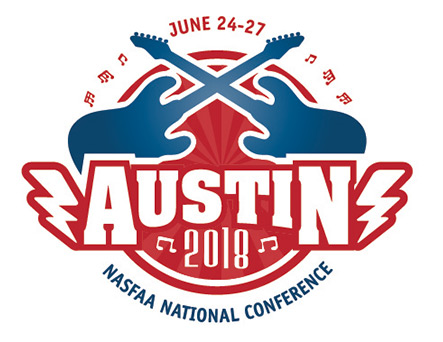
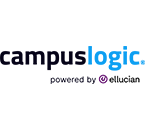




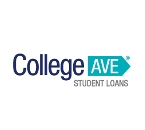



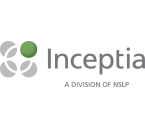

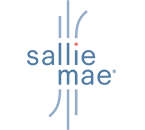
You must be logged in to comment on this page.